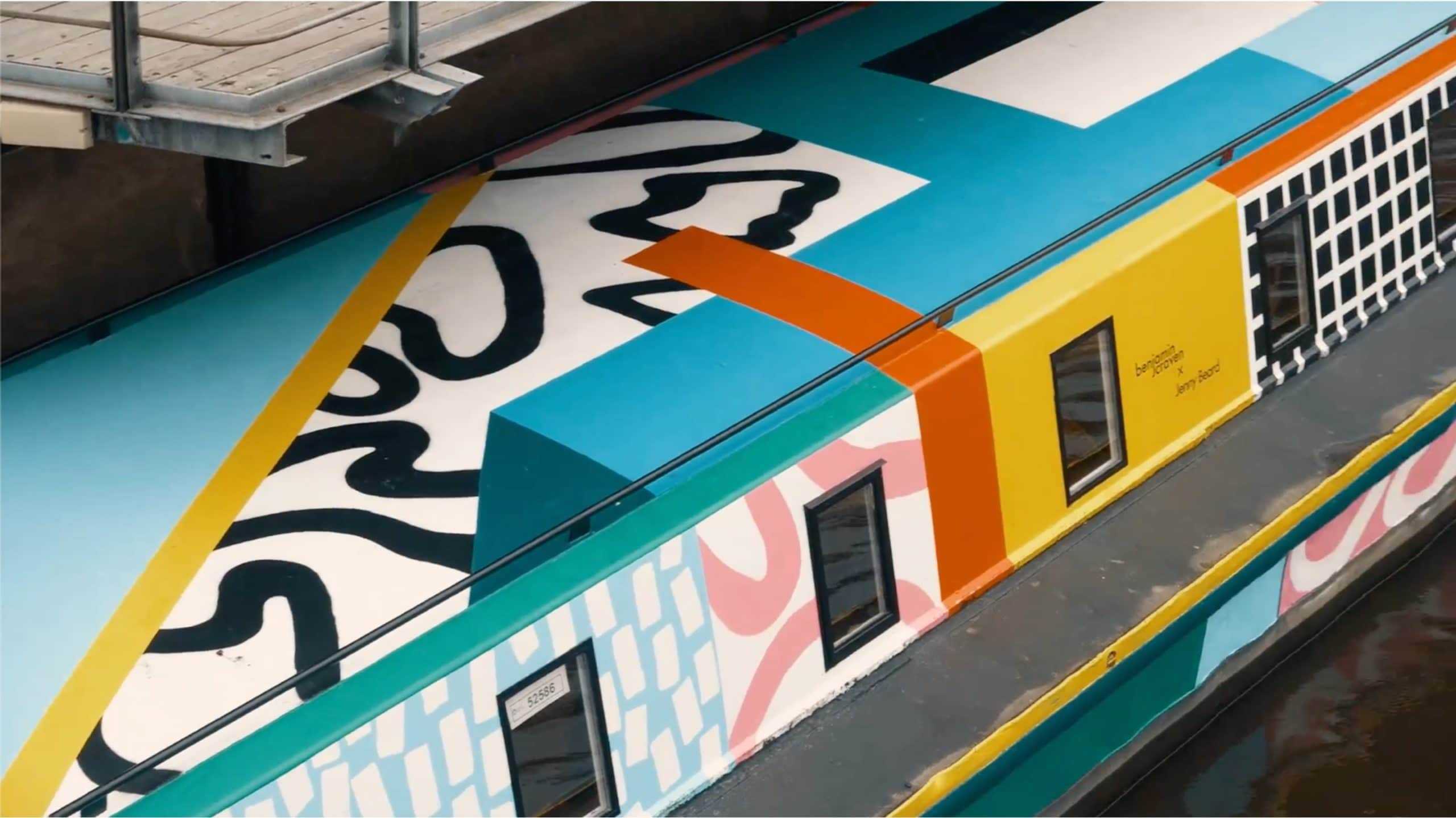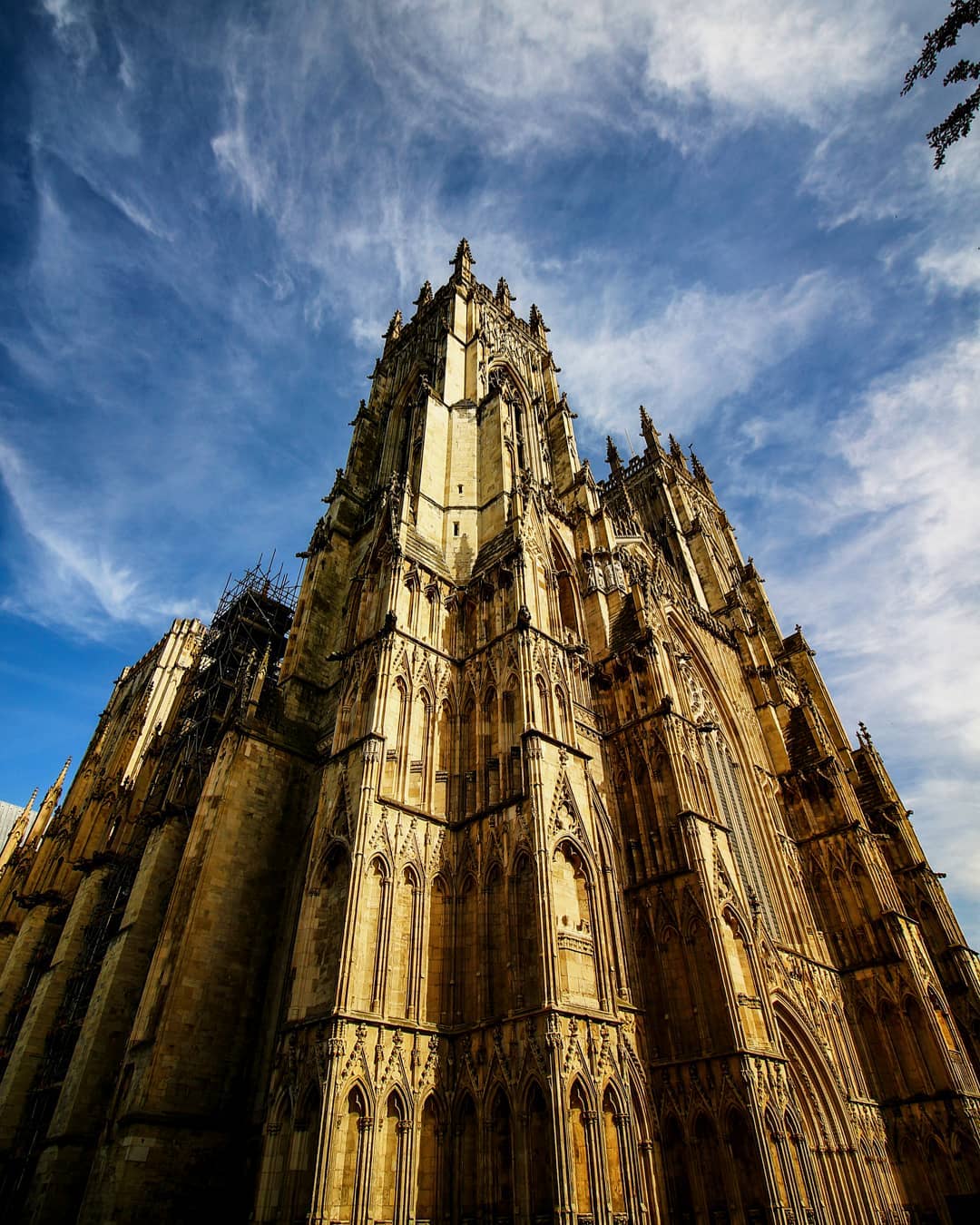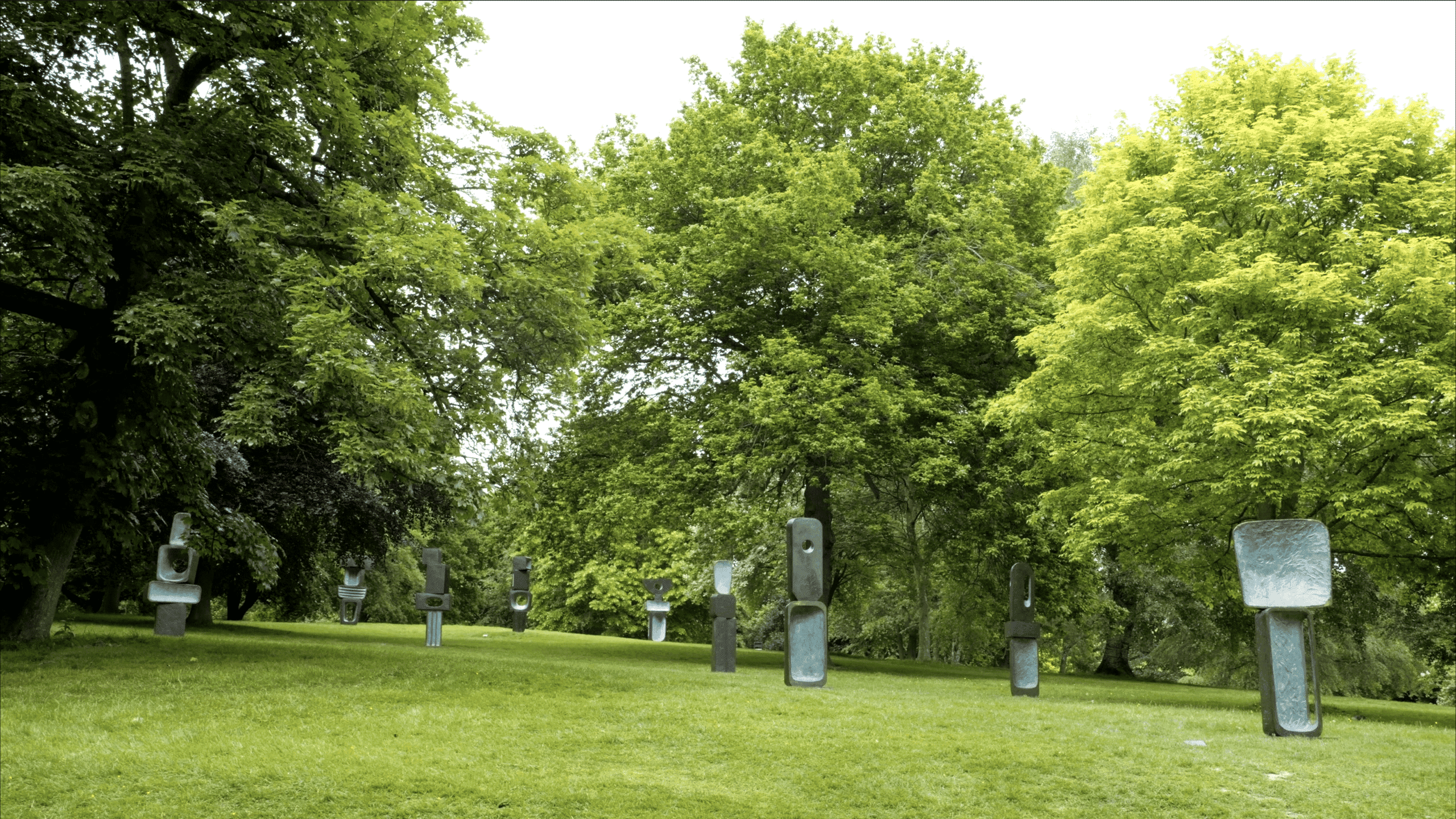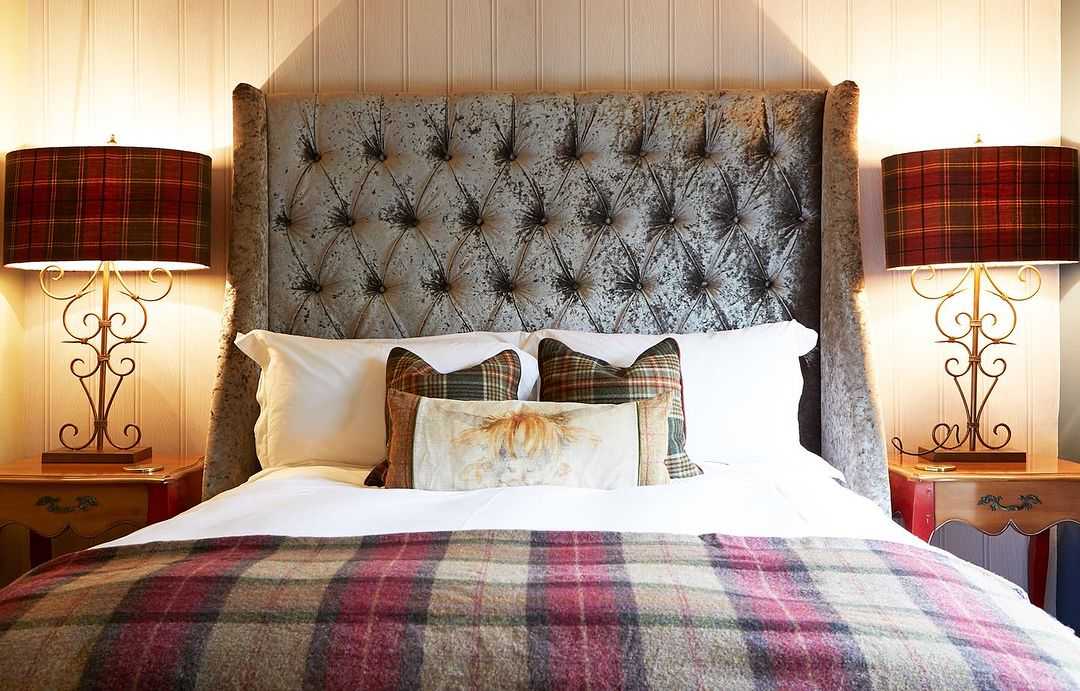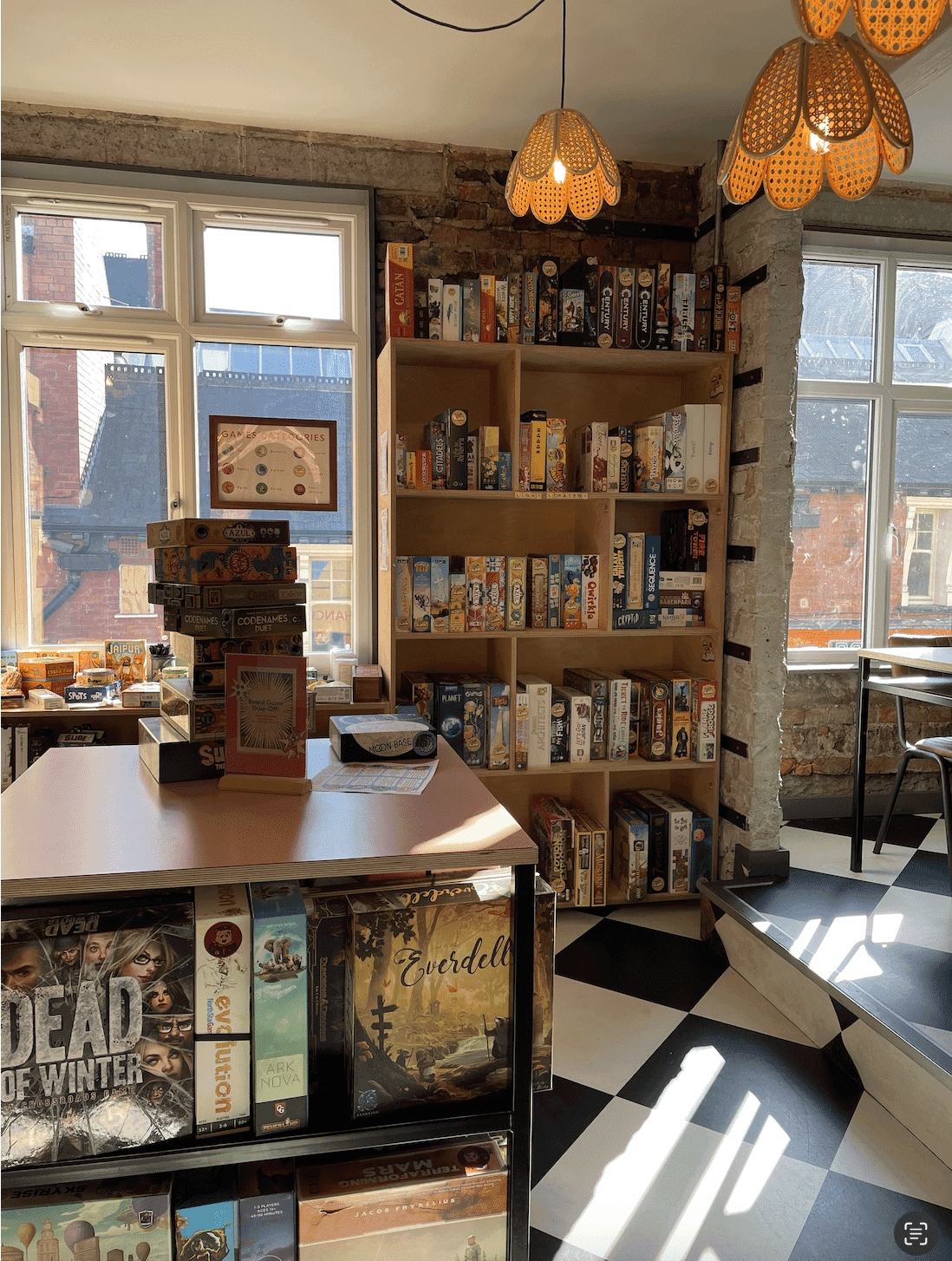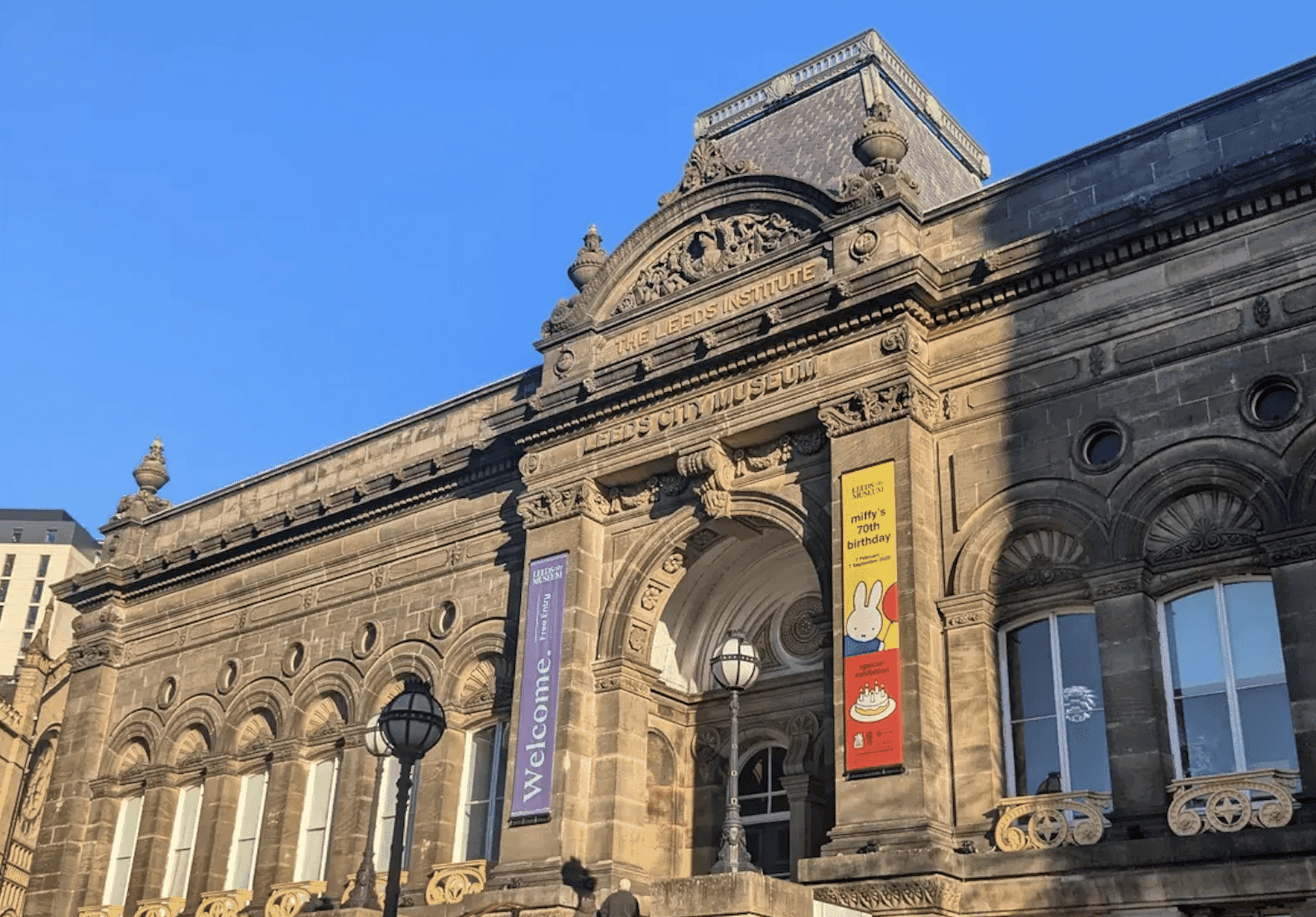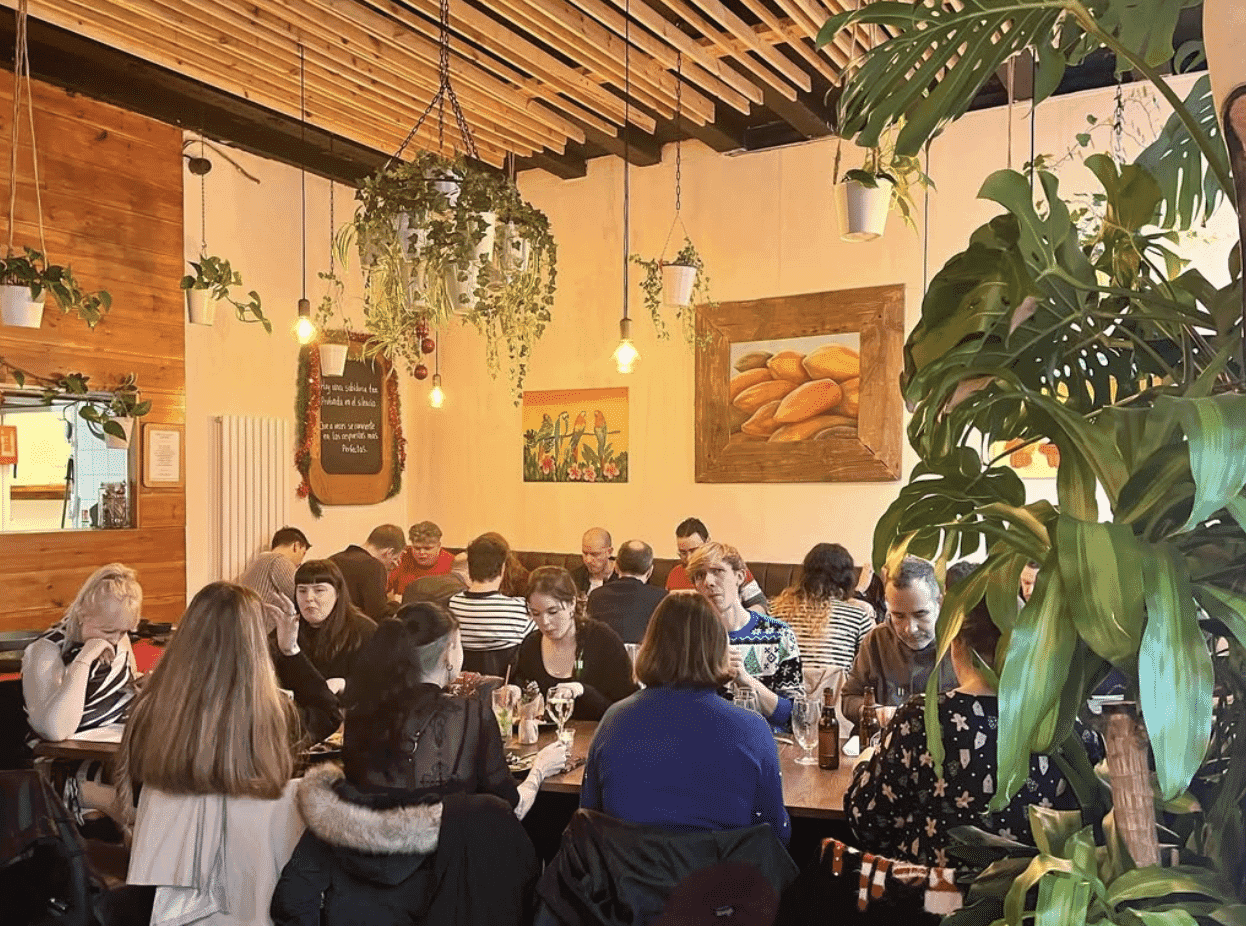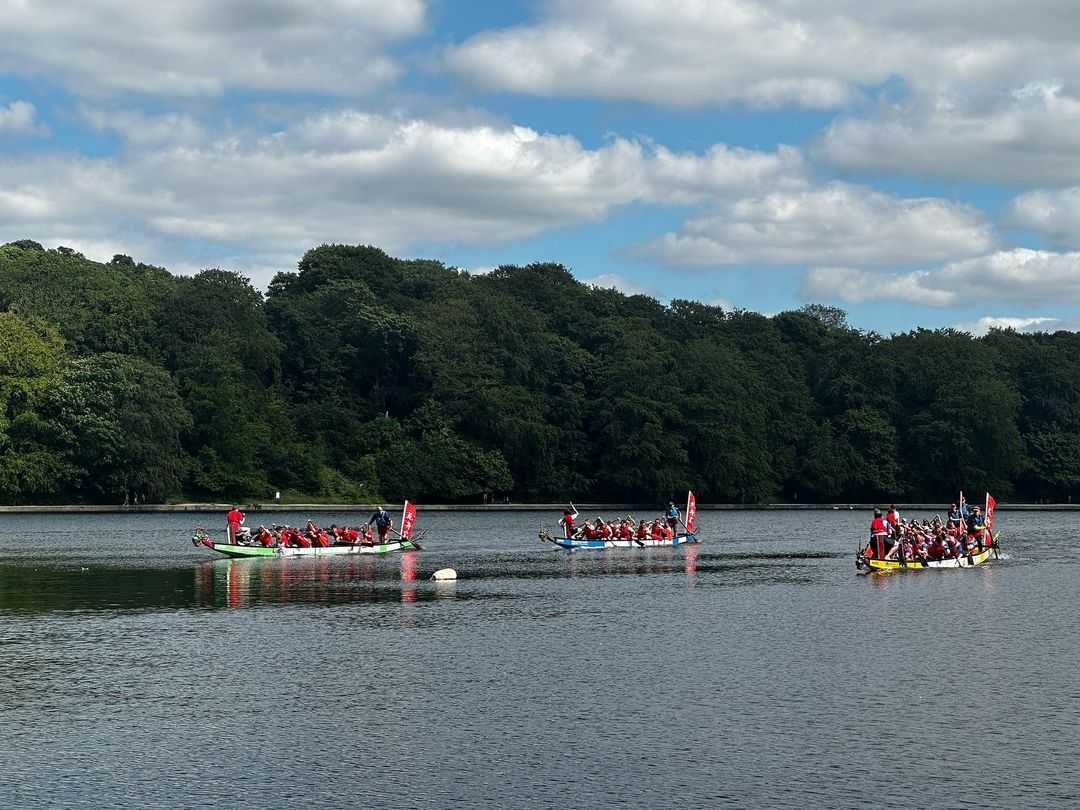Celebrated British artist and sculptor Barbara Hepworth grew up in Yorkshire and studied in Leeds from 1920-21. Her work is showcased across the area, including at Yorkshire Sculpture Park and Hepworth Wakefield. Rachael Hickson Pearce of Leeds Arts University tells the story of one of their most famous alumni.
Barbara Hepworth was one of the most important artists of the 20th Century with a career spanning over fifty years. One hundred and three years after she began her studies, let’s take a look at Hepworth’s time in Yorkshire and how her connection to the landscape proved to be a formative influence on her work.

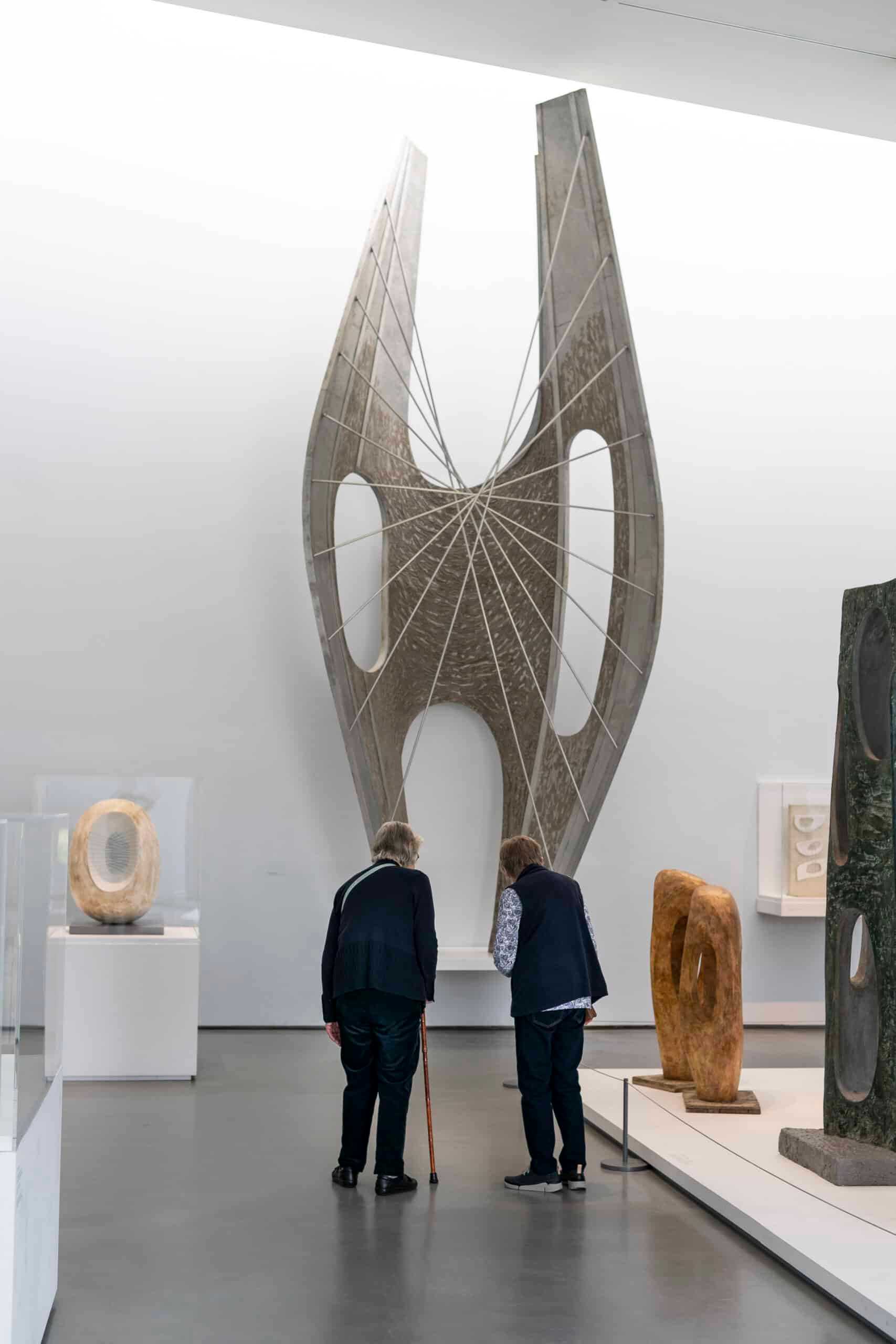
Hepworth was born in Wakefield in 1903, the eldest child from a middle-class family. As a child her father Herbert Hepworth, a civil engineer for the West Riding County Council, took her on car trips around the Yorkshire countryside to inspect local roads and bridges, an experience which would have a lasting effect on her work.
“All my early memories are of forms and shapes and textures. Moving through and over the West Riding landscape with my father in his car, the hills were sculptures; the roads defined the form. Above all, there was the sensation of moving physically over the contours of fulnesses and concavities, through hollows and over peaks – feeling, touching, seeing, through mind and hand and eye. This sensation has never left me. I, the sculptor, am the landscape” Barbara Hepworth, 1961.
The family would holiday at Robin Hoods Bay, near Whitby. Hepworth spent her summers in a house on the beach, painting and collecting items along the shore. A student at Wakefield Girls High School, she was encouraged in her love of art and won a scholarship to attend art school.
In 1920 Hepworth arrived at Leeds School of Art (now Leeds Arts University) to begin her studies alongside fellow Yorkshire born sculptor Henry Moore, they became friends and developed a friendly professional rivalry that lasted for many years.
Following this, Hepworth won a scholarship to the Royal College of Art and moved to London in 1921 with fellow Leeds students Henry Moore, Edna Ginesi, Raymond Coxon and Vivian Pitchforth.
Hepworth went on to travel through Italy with a scholarship from her local council. There she met artist John Skeaping and they married in 1925, separating six years later after the birth of her first child Paul. Hepworth married artist Ben Nicholson in 1934 and the couple later had triplets. The theme of motherhood was a recurring one for Hepworth and she often returned to the theme of mother and child in her work.
The family moved to St. Ives in Cornwall at the outbreak of war in 1939. Hepworth lived in Trewyn Studios in St Ives from 1949 but the early experiences from her childhood in Yorkshire were a formative influence on the artist.
Explore Barbara Hepworth in Yorkshire
The Hepworth Wakefield
The Hepworth Wakefield opened in 2011 and presents major exhibitions of the best international modern and contemporary art and has dedicated permanent galleries exploring Hepworth’s art and working process. The exhibition Magic in this Country, Hepworth, Moore and the Land is at Hepworth Wakefield until January 2024.
Hepworth Wakefield, Gallery Walk, Wakefield WF1 5AW.
Yorkshire Sculpture Park
Sculptures The Family of Man (1970) and Squares with Two Circles (1963) are on public display at Yorkshire Sculpture Park. The Family of Man is one of the last major works that Barbara Hepworth made before her death and is a representation of a group of figures in a landscape. Each of the nine sculptures represents a stage of life.
Yorkshire Sculpture Park, West Bretton, Wake?eld WF4 4LG. ysp.org.uk
Leeds School of Art
The 1903 Leeds School of Art building, where Hepworth studied, was later renamed Leeds College of Art and is still part of Leeds Arts University. It is located on Vernon Street next to Millennium Square in the city centre.
Images: 2. Photo Lucien Myers © Bowness, H 3. Photo George Baggaley.jpg
